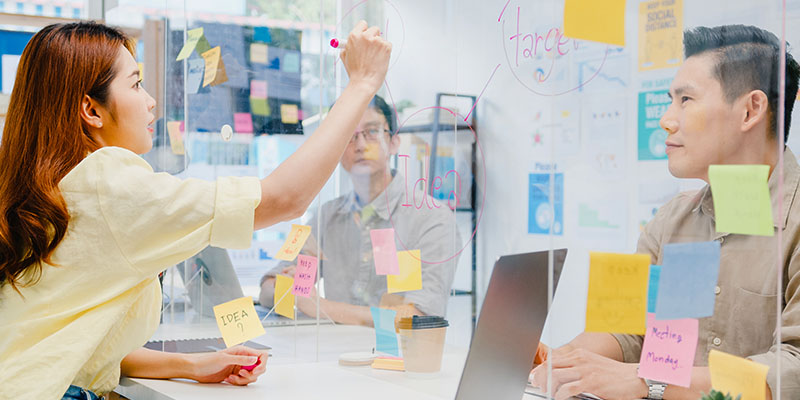Overview
The world is swiftly changing and with each day the pace quickens. The pressure to respond intensifies. New global realities are rapidly working their way into the deepest structures of our lives: economic, social, cultural, political, and environmental realities — realities with profound implications for thinking and learning, business and politics, human rights and human conflicts. These realities are becoming increasingly complex; many represent significant dangers and threats. And they all turn on the powerful dynamic of accelerating change.
We cannot deal with incessant and accelerating change and complexity without revolutionizing our thinking. Traditionally our thinking has been designed for routine, for habit, for automation and fixed procedure. We learned how to do our job once, and then we used what we learned over and over. But the problems we now face, and will increasingly face, require a radically different form of thinking, thinking that is more complex, more adaptable, more sensitive to divergent points of view. The world in which we now live requires that we continually learn, unlearn and relearn. We also need to routinely rethink our decisions and also we need to regularly re-evaluate the way we work and live.
At its core, critical thinking is the art of analyzing and evaluating thinking with a view to improving it. It requires reasoned judgments and seeing both sides of an issue. It also involves being open to new ideas, deducing and inferring conclusions, and solving problems.
Critical thinking is also the process of actively and skillfully conceptualizing, applying, analyzing, synthesizing and/or evaluating information that comes from, or is generated by observation, experience, reflection, reasoning or communication. Without strong critical thinkers, our chances of success diminish greatly. Organizations often react slowly and implement poorly, while decision making is suspect and/or gets funneled to an overworked few at the top. Quite simply, given the responsibilities delegated to today’s employees, sound critical thinking is crucial to any well-run organization.
Strategic thinking is a process that defines the manner in which people think about, assess, view, and create the future for themselves and others. Strategic thinking is an extremely effective and valuable tool. One can apply strategic thinking to arrive at decisions that can be related to your work or personal life.
Strategic thinking is the ability to think on a big and small scale, long and short term, and into the past and the present. While strategic thinking is a valuable skill for everyone in an organization, it becomes increasingly essential as you ascend the ladder. In fact, you may have a difficult time being promoted or succeeding as a leader without it. Yet, no one formally teaches strategic thinking—so it’s critical to take the initiative and learn how to do it yourself.
Learning Objectives
By the end of the lunch and learn session, participants will be able to:
- Fosters creative and strategic thinking as a repertoire of cognitive readiness competencies
- Explore the dynamics of metacognition and how the way we approach thinking affects our processes, conclusions, and actions.
- Interact with a variety of critical thinking tools and processes that can enhance their ability to process information to achieve specific objectives.
- Use a comprehensive framework for applying several critical thinking tools in an effort to become more effective in problem definition, cause analysis, creative solution development, and planning actions for resolution.
- Discover how to use critical thinking to determine criteria and evaluate options in decision making.







